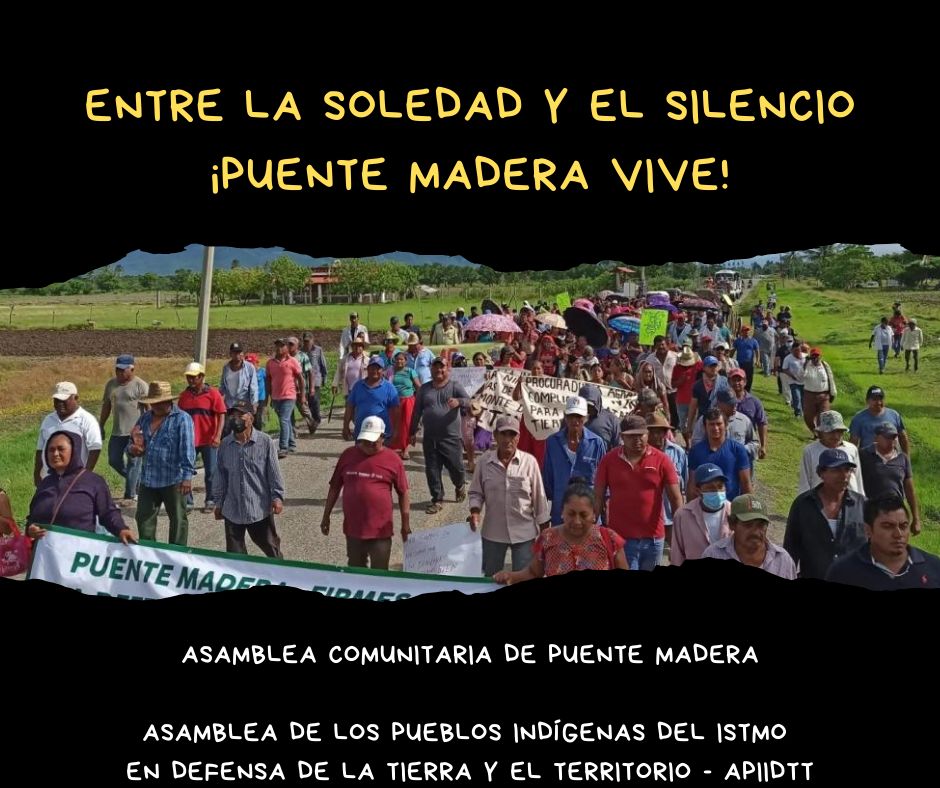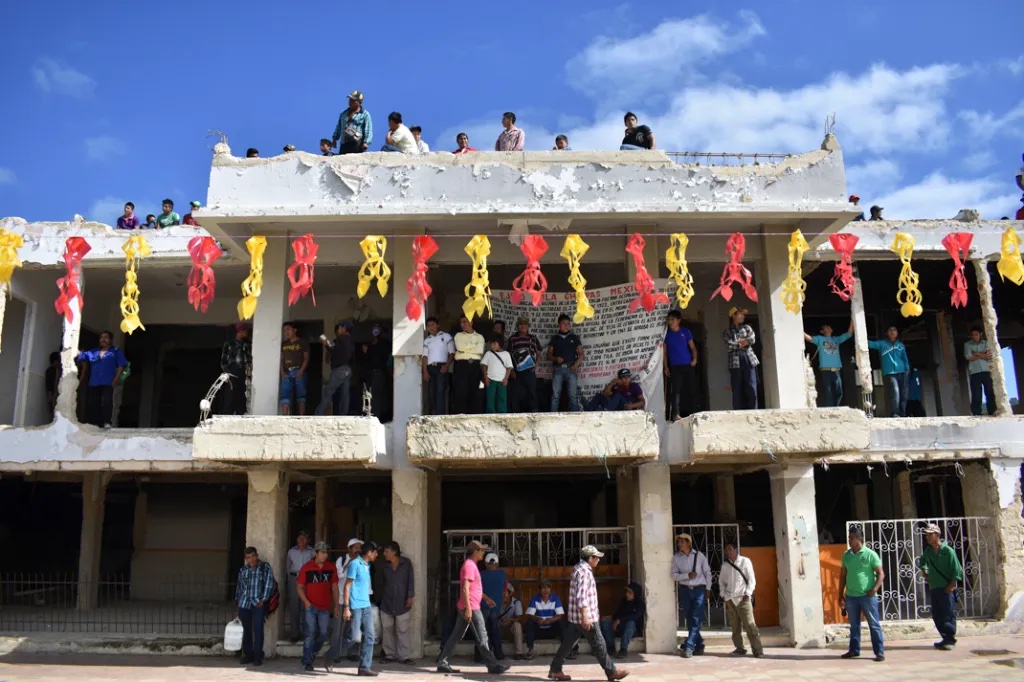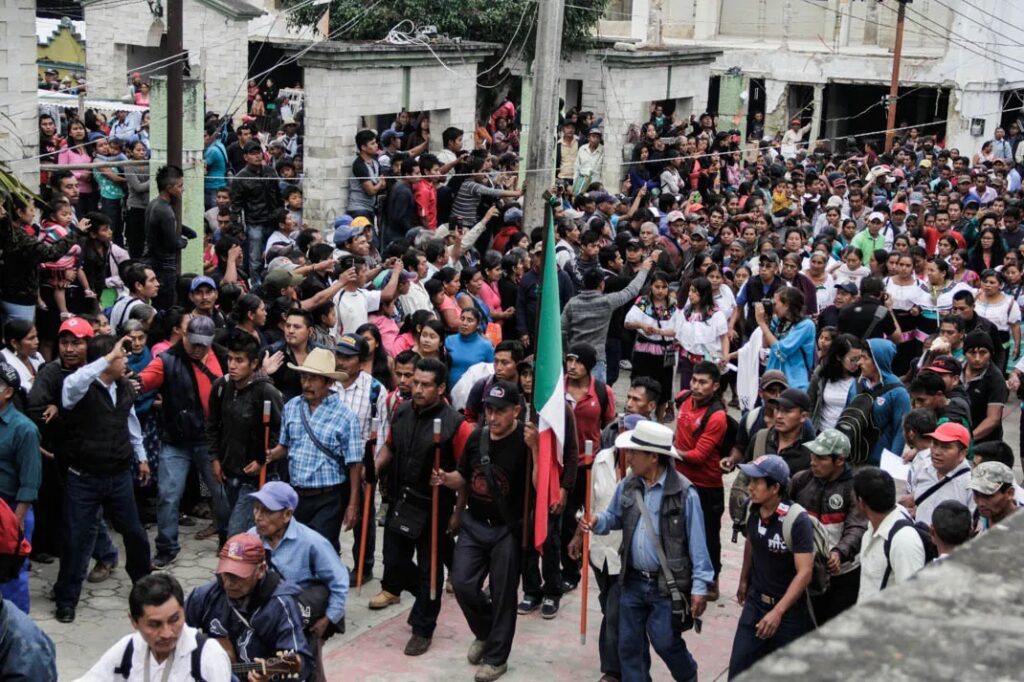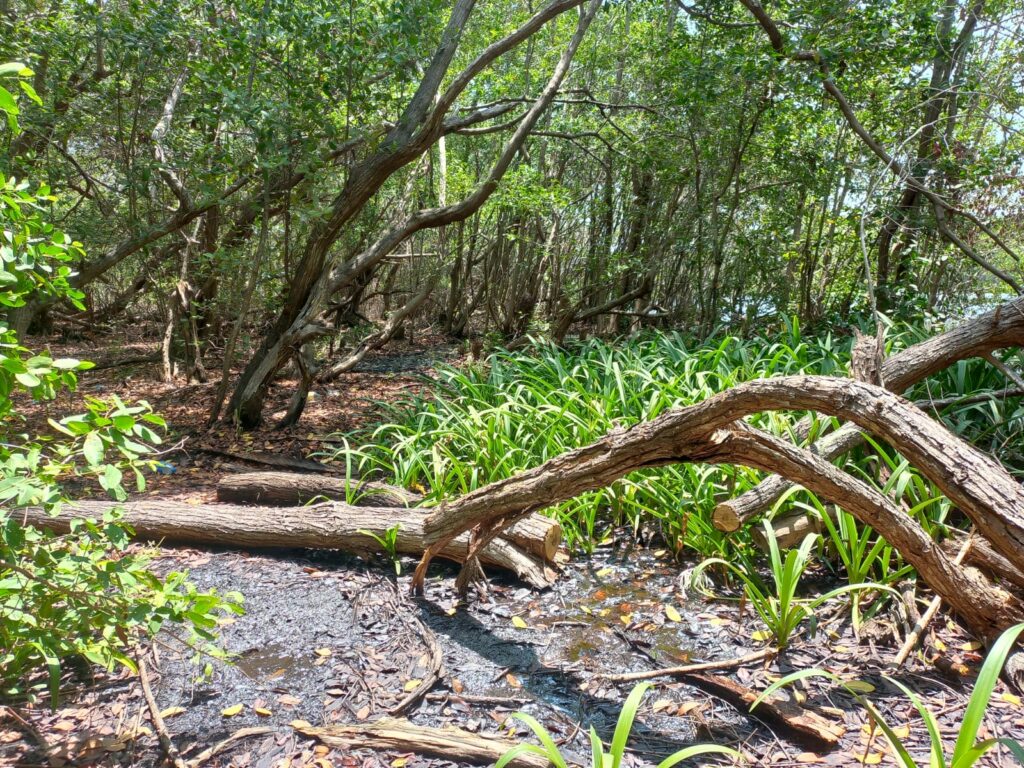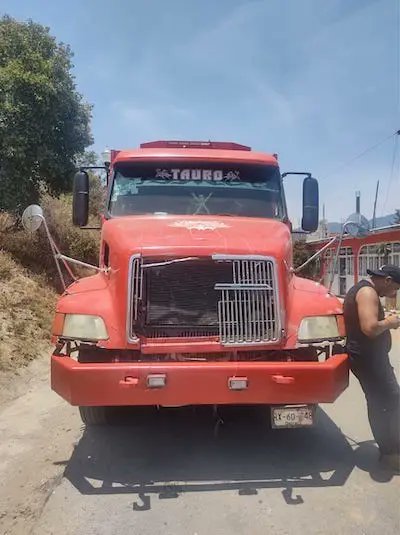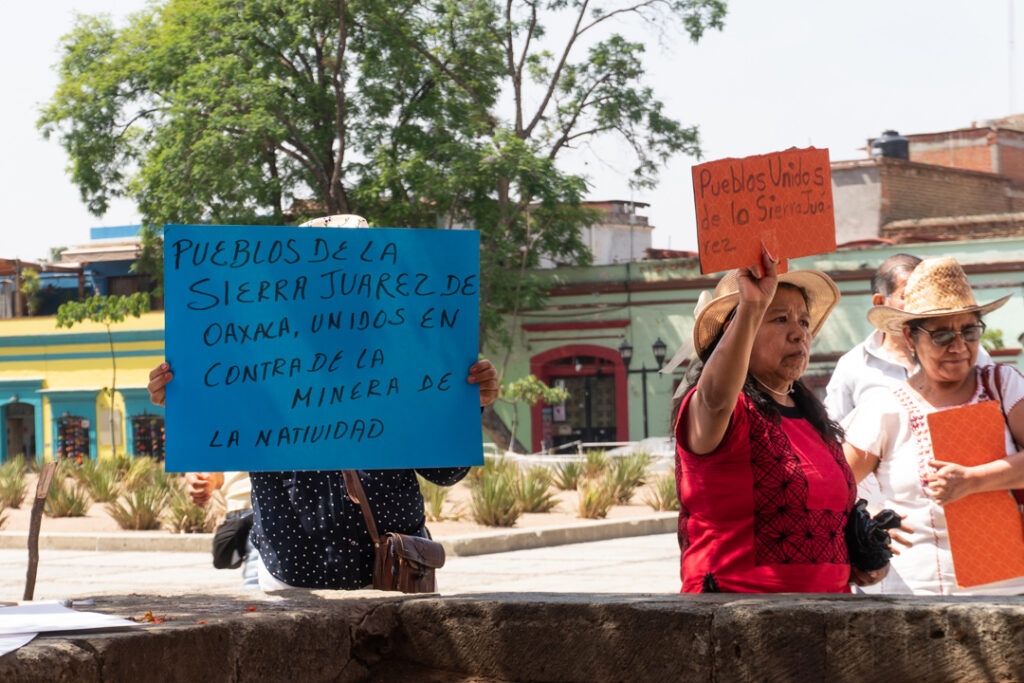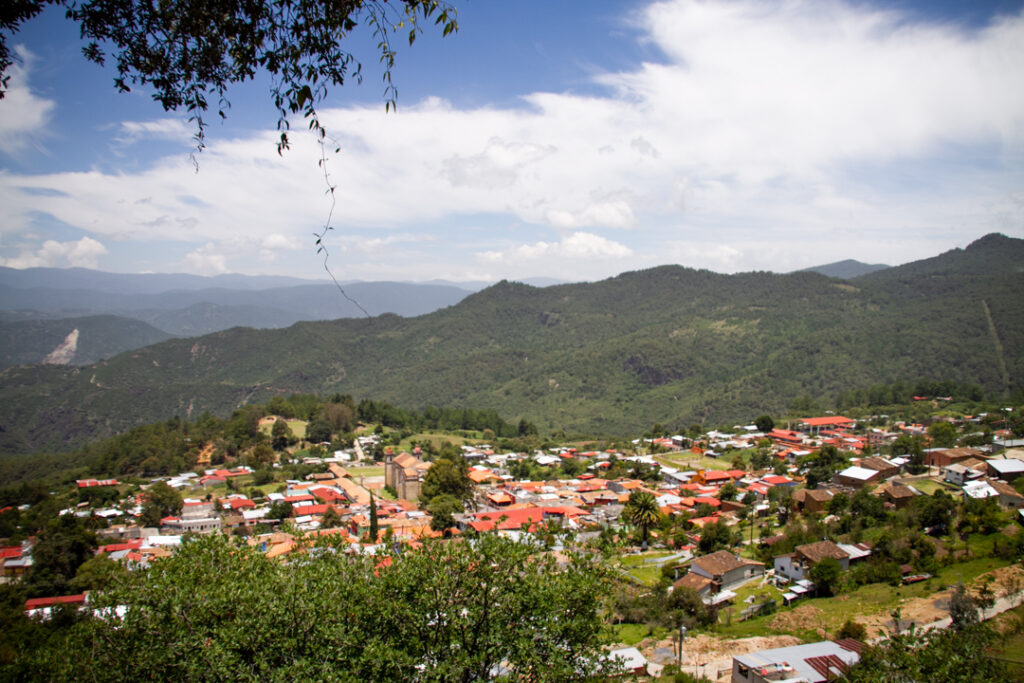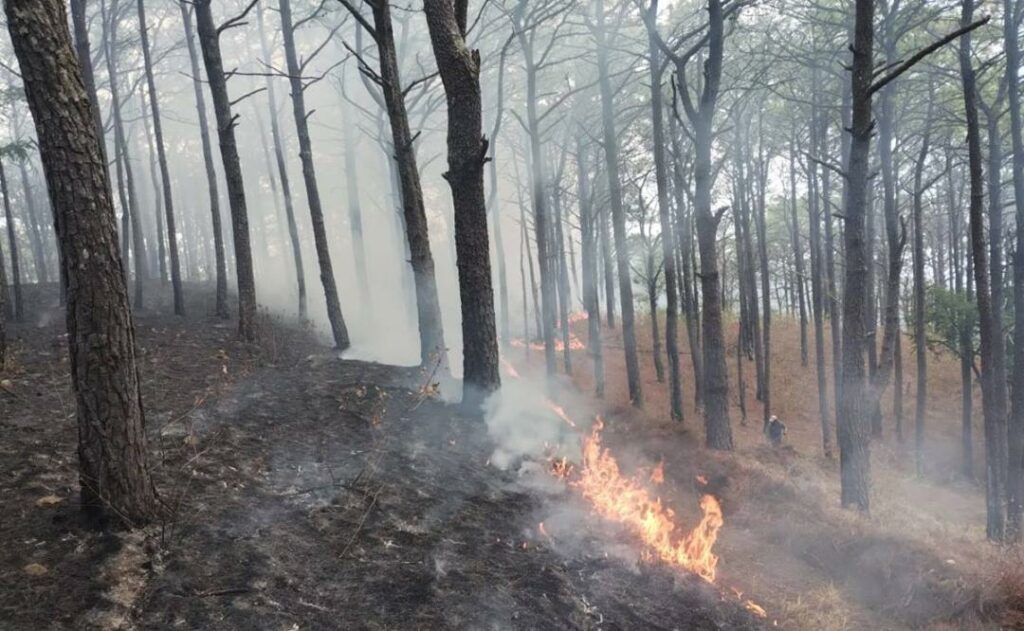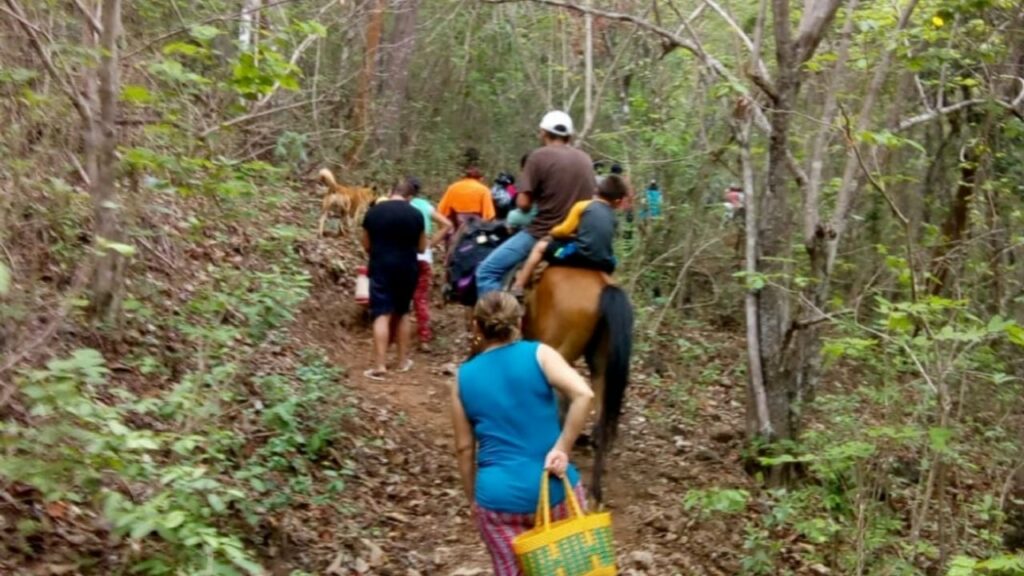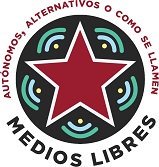
paramilitares
Michoacán: comunidades indígenas sitiadas por el crimen organizado
Fuente: Avispa Midia
Por Sare Frabes
En portada: Pobladores de la comunidad nahua de Santa María Ostula. Foto: Regina López
Mediante pronunciamiento difundido este sábado (15), la población nahua de Santa María Ostula denuncia nuevas agresiones contra su comunidad, en una escalada de violencia que registra ataques armados y asesinatos ocurridos, desde el año 2023, y que se ha prolongado hasta la actualidad sin la actuación de las autoridades estatales ni federales.
En esta ocasión, el pasado jueves (13) un comando integrado por 30 sujetos fuertemente armados, integrantes del Cártel Jalisco Nueva Generación (CJNG), atacaron a un comunero de la Encargatura de la Cofradía -una de las 23 poblaciones que conforman Ostula-, en el municipio de Aquila, región costa sierra de Michoacán.
En esta ocasión, el comando armado disparó contra un comunero que se encontraba en sus labores agrícolas, quien reportan, pudo salvar su vida al refugiarse en un puesto de vigilancia instalado por la Guardia Comunal de Ostula debido a los constantes ataques del CJNG.
Dicho retén opera después que, el pasado 6 de febrero, esta misma población sufrió un ataque violento por parte del grupo criminal, lo que obligó a sus habitantes a suspender actividades laborales y educativas durante semanas debido a la gravedad de las agresiones armadas.
A esta situación, se sumaron los ataques que, durante los últimos días de marzo y principios de abril se perpeturaron contra comunidades vecinas de los municipios de Coahuayana y Chinicuila. En dicha ocasión, cientos de sicarios provenientes del estado de Colima utilizaron armas de alto calibre, además de explosivos y drones con el objetivo de conseguir el control de estos territorios.
Fue debido a la reacción de grupos de autodefensa y guardias comunales de los municipios de Coahuayana y Aquila, que consiguieron frenar el avance del grupo criminal. No obstante, reportes periodísticos dieron cuenta del control que el CJNG retomó en las localidades de Palos Marías, El Órgano y Zapotan, “causando terror en sus pobladores y ocasionando el desplazamiento de éstos hacia otros lugares”, señalan medios locales.
Asesinatos, desapariciones
La agresiones armadas no se detuvieron ahí. Para el mes de mayo, pobladores de Ostula denunciaron el asesinato, a manos de sicarios del CJNG, del comunero Antonio Regis Nicolás, mientras viajaba con su familia a la Encargatura de la Mina de La Providencia.
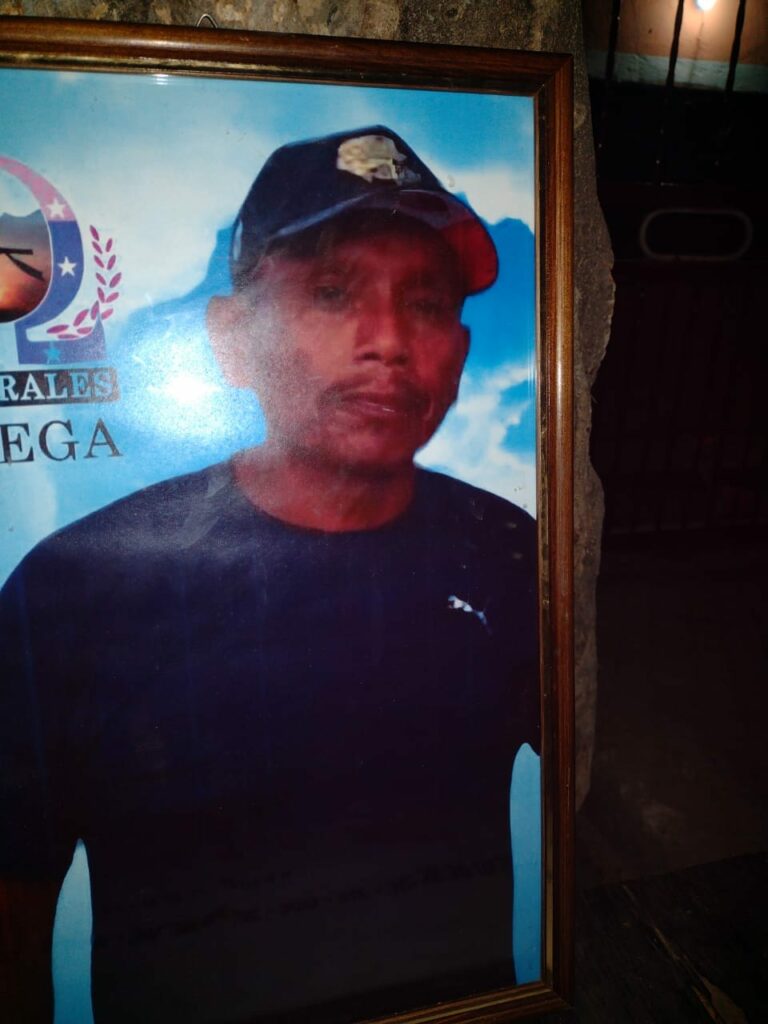
En ese momento, señalaron que los gobiernos, federales y estatal, tienen pleno conocimiento de la violencia en la región y de las agresiones que la comunidad de Ostula está siendo objeto. “Sin embargo, se han negado a tomar medidas efectivas para brindar protección a las poblaciones de la región y particularmente a las familias de nuestra comunidad ante la presencia cada vez mayor y más violenta del CJNG en la zona”, sostuvieron en comunicado.
Por esta situación, demandaron el desmantelamiento del CJNG, así como “el cese de la protección que otorgan a dicho cartel funcionarios y mandos policiales corruptos”. También recordaron los asesinatos de Lorenzo Forylán de la Cruz Ríos, Isaul Nemesio Zambrano, Miguel Estrada Reyes y Rolando Magno Zambrano, miembros de su Guardia Comunal asesinados durante el 2023.
Los pobladores nahuas también exigieron la presentación con vida de Antonio Díaz y Ricardo Lagunes. Díaz, profesor y líder de la comunidad de San Miguel de Aquila y Lagunes, abogado defensor de derechos humanos, permanecen desaparecidos desde el 15 de enero del 2023, cuando se trasladaban entre los límites de Michoacán y Colima después de participar en una asamblea comunitaria.
Ambos sostenían la defensa legal de la población de Aquila para garantizar la elección libre de sus autoridades comunales y el cumplimiento de los acuerdos con la minera Las Encinas, propiedad de la empresa Ternium.
Los acontecimientos violentos suceden a escasos días de que la comunidad nahua celebre el 15 aniversario de la recuperación de más de 1000 hectáreas de tierras comunales en lo que actualmente se erige la Encargatura de San Diego Xayacalán.
Fue en el año 2009 cuando los indígenas nahuas se organizaron para recuperar las tierras que les habían sido arrebatadas por pequeños propietarios originarios de Colima, quienes se encontraban aliados con el Cártel de los Caballeros Templarios. Debido a su lucha, sólo entre los años 2008 al 2014, 32 comuneros fueron asesinados, además de registrarse la desaparición forzada de otras seis personas.
Suprema Corte decidirá sobre la libertad del defensor mazateco Miguel Peralta Betanzos
Fuente: Avispa Midia
Por Nolan Peltz
El miércoles 19 de junio de 2024 la Suprema Corte de Justicia de la Nación llevará a cabo la sesión para resolver el Amparo Directo en Revisión en el caso de Miguel Peralta Betanzos, defensor comunitario de la comunidad de Eloxochitlán de Flores Magón, Oaxaca. La Suprema Corte decidirá si pone fin a los casi diez años de persecución que ha sufrido Miguel Peralta.
Miguel Peralta es uno de los 35 integrantes de la asamblea comunitaria de Eloxochitlán de Flores Magón criminalizados en el expediente 02/2015, a raíz de un conflicto sociopolítico en diciembre de 2014. El conflicto se derivó de la creciente tensión entre la asamblea comunitaria y un grupo caciquil partidista, que ha buscado mantener el control del gobierno municipal, los fondos municipales y la explotación de los recursos naturales de la comunidad.
El 14 de diciembre de 2014, la asamblea fue atacada violentamente por el grupo caciquil liderado por Manuel Zepeda Cortés mientras se reunía en la cancha del pueblo para elegir a su alcalde. La violencia subsiguiente se saldó con dos muertos, entre ellos el hijo de Manuel Zepeda. La hija de Zepeda, Elisa Zepeda Lagunas, ha dirigido los esfuerzos de criminalización contra los integrantes de la asamblea comunitaria, fabricando delitos y utilizando cargos públicos en el gobierno municipal y luego en el estatal en los siguientes años para influir en los procesos legales.
Miguel Peralta fue detenido en abril de 2015 por cargos fabricados relacionados con los hechos del 14 de diciembre. Más de dos años después, el 26 de octubre de 2018, fue sentenciado a 50 años de prisión por homicidio y tentativa de homicidio. Tras una apelación de su equipo legal, su sentencia de 50 años fue absuelta y su caso regresó a la última fase del proceso, la audiencia final. Eso porque en la última audiencia, antes de que se dictara la sentencia, se violó el derecho de Miguel de estar presente. Literalmente dijeron que no tuvieron recursos para pagar el combustible de la patrulla que llevaría Miguel del reclusorio, en San Juan Cuicatlán, hasta el juzgado de Huautla, donde ocurrió dicha audiencia.
En octubre de 2019, fue absuelto de los dos delitos y puesto en libertad tras pasar casi cuatro años y medio en prisión.
Te puede interesar- Orden judicial amenaza libertad de ex preso político mazateco
Tras una apelación de la parte acusadora, el 4 de marzo de 2022 se revocó la libertad y reafirmó la condena de cincuenta años, dictando una orden de reaprehensión contra él después de casi dos años en libertad.
Al resolver un amparo directo, el Tribunal Colegiado en Oaxaca regresó su proceso legal casi ocho años atrás, a la etapa de los careos, buscando nuevamente que Miguel enfrente este proceso desde la cárcel. A esa resolucióm, su defensa interpuso un recurso de revisión para que sea la Suprema Corte de Justicia de la Nación quien resuelva el amparo. Actualmente Miguel Peralta se encuentra en libertad, en condición de perseguido político.
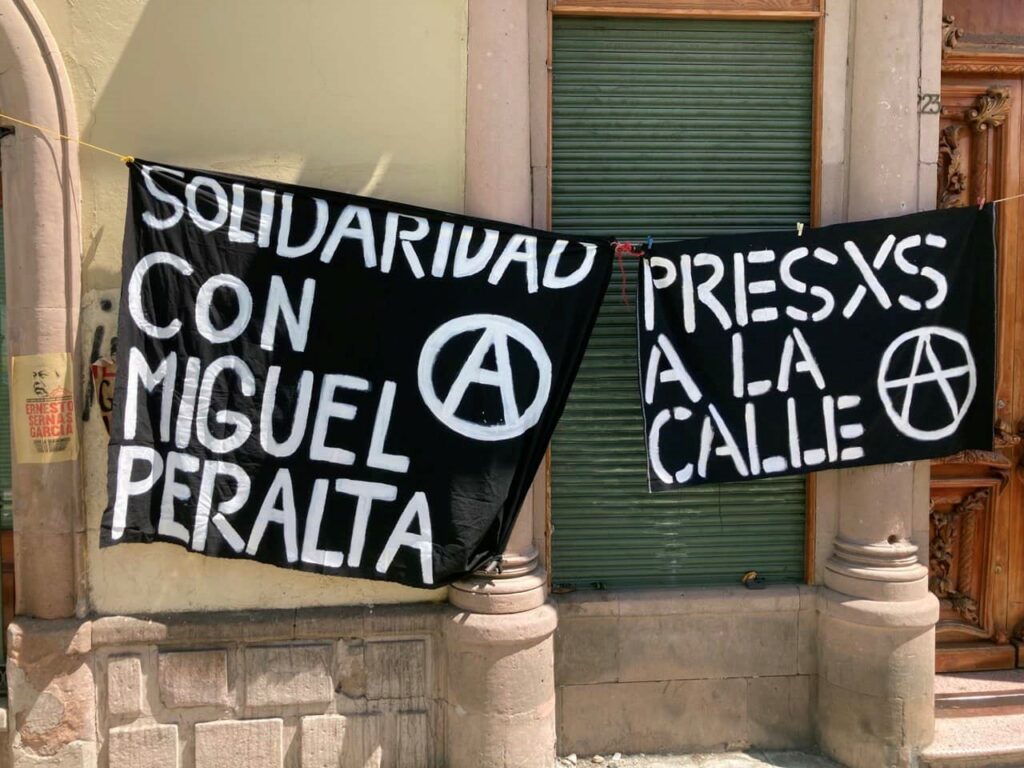
Todos los ojos puestos en la Suprema Corte
En enero de 2024, la Suprema Corte de Justicia de la Nación admitió el amparo directo en revisión 6535/2023 para el caso de Miguel Peralta. Y el 19 de junio se llevará a cabo la sesión para resolverlo.
El proyecto ha sido presentado por la ministra Loretta Ortiz Ahlf. Los demás ministros -Juan Luis González Alcántara Carrancá, Jorge Mario Pardo Rebolledo, Ana Margarita Ríos Farjat y Alfredo Gutiérrez Ortiz Mena- debatirán ese proyecto el 19 de junio. La decisión final deberá ser tomada por la mayoría de los cinco ministros.
“La corte tiene una oportunidad histórica”, explica la abogada de Miguel Peralta, Araceli Olivos, en una conferencia de prensa en Ciudad de México. Tiene la oportunidad de hacer un precedente diferente en la relación entre los pueblos indígenas y el Estado mexicano; una relación que históricamente se ha visto manchada por la opresión, explotación, discriminación y marginalización de los pueblos indígenas. Con esta decisión, la Suprema Corte tiene la oportunidad de empezar a deshacer estos agravios históricos perpetrados contra los pueblos indígenas, y contra la comunidad de Eloxochitlán de Flores Magón.

Para el equipo legal de Miguel Peralta, hay dos puntos que la Suprema Corte debe tener en cuenta al analizar el amparo. Primero, el protocolo de perspectiva intercultural en casos relacionados con comunidades indígenas, como es el caso de Eloxochitlán. ¿Qué significa esto? Que el caso de Miguel debe ser ubicado en el contexto político, social y cultural del pueblo mazateco de Eloxochitlán de Flores Magón.
“La interculturalidad nos invita a dialogar, a mirar al otro, la otra, ese otro pueblo”, dice la abogada de Miguel. “Lo que queremos decirle a la corte es que mire al pueblo mazateco, que mire a Eloxochitlán, que escuche a Eloxochitlán”. No se trata de un simple caso de agresor y víctima, sino de un complicado conflicto que afecta a toda una comunidad y está directamente relacionado con una tensa relación histórica entre los pueblos indígenas y el Estado-nación mexicano.
El segundo punto que el equipo legal de Miguel está exigiendo a la Suprema Corte a considerar es el principio de mínima intervención del derecho penal. En lugar de responder con la criminalización, la exigencia es que el Estado “atiende las causas, promueve el dialogo, promueve mecanismos alternativos…no todo es cárcel, cárcel, multa, proceso penal”, explica Araceli Olivos. Este principio puede aplicarse en diversas circunstancias y ha sido aplicado anteriormente por la corte en casos relacionados con conflictos comunitarios y pueblos indígenas.
El equipo legal de Miguel argumenta que la resolución anterior del Tribunal Colegiado de Oaxaca fue insuficiente, ya que no consideró estos factores. No tomó en cuenta que la acusación sobre Miguel derivó de un contexto político, social y cultural mucho más amplio y complicado en Eloxochitlán de Flores Magón.
Contexto político y cultural
La necesidad de una perspectiva intercultural y del principio de mínima intervención del derecho penal es evidente en el caso de Miguel Peralta. El pueblo mazateco de Eloxochitlán de Flores Magón es uno de los 68 grupos étnicos que habitan el territorio hoy dominado por el Estado mexicano. Tienen su propia lengua, espiritualidad, cosmovisión, sus propias formas de organización interna y de toma de decisiones. Su autodeterminación está protegida en la Constitución mexicana, así como en diversos acuerdos internacionales firmados por el gobierno mexicano en relación con los pueblos indígenas.
El caso de Miguel es parte de esta tensa relación entre el Estado-nación mexicano y los pueblos indígenas. Su criminalización, y la de sus compañeros, es consecuencia de los intentos de imponer los intereses político-partidistas y caciquiles frente a las formas internas de organización comunitaria, incluyendo la asamblea comunitaria, el trabajo colectivo y la defensa del territorio. El caso de Miguel es una cuestión de autodeterminación y autonomía indígena, y de la capacidad de una comunidad para resolver conflictos a través de sus propios procesos internos.
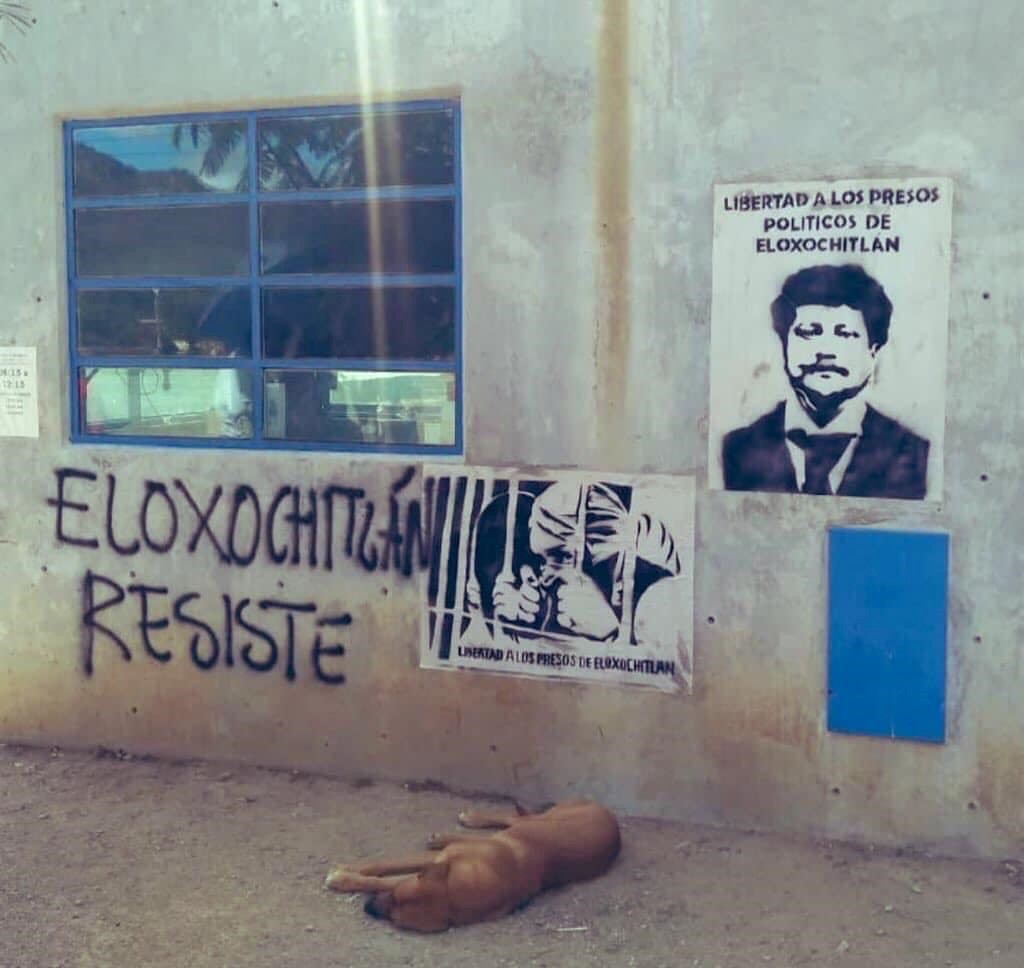
Los efectos negativos en la comunidad de Eloxochitlán como consecuencia del conflicto y la criminalización han sido amplios. “Mi pueblo ha perdido todas sus costumbres por todo lo que se viven desde 2014”, explica Martha Betanzos, madre de Miguel. “Desde 2014 nuestro pueblo decayó, nuestras escuelas ya están vacías, nuestros profesores ya han retirado por todo lo que se ha vivido en Eloxochitlán. Nuestras iglesias están vacías. Todo lo que corresponde a Eloxochitlán, todos sus servicios médicos. Ya se decayeron. Ya no hay buena salud. Ya no hay buena atención”.
Lento camino hacia a la libertad
Aunque con procesos legales llenos de irregularidades y retrasos judiciales, los presos y perseguidos políticos de Eloxochitlán han recuperado lentamente su libertad, poco a poco, durante los últimos diez años.
El 29 de septiembre de 2023, el juzgado mixto de Huautla de Jiménez modificó las medidas cautelares, liberando a Jaime Betanzos y Herminio Monfil, dos integrantes de la comunidad de Eloxochitlán que se encontraban en prisión desde diciembre de 2014 sin sentencia ni condena. Fueron liberados no en plena libertad, sino para continuar sus procesos legales fuera la prisión.
Te puede interesar- México: Justicia de Oaxaca, instrumento de tortura contra los presos políticos de Eloxochitlán
Más recientemente, el 12 de junio de 2024, el juzgado de Huautla de Jiménez ordenó la liberación de Francisco Durán, Alfredo Bolaños y Fernando Gavito, también integrantes de la comunidad mazateca, encarcelados por el mismo conflicto, cambiando las medidas cautelaras, lo que les permite continuar sus casos legales fuera de la cárcel dentro de su comunidad.

La familia de Miguel, su equipo de apoyo, colectivos y organizaciones solidarias y la comunidad de Eloxochitlán de Flores Magón exigen que la libertad definitiva de Miguel siga a estas recientes victorias judiciales, para que la comunidad pueda seguir caminando hacia la libertad, para ir curándose de las heridas de la represión caciquil y estatal.
“Queremos vivir en paz, queremos vivir con toda nuestra libertad “, dice Martha Betanzos, madre de Miguel. “Queremos ver libre a Miguel Ángel Betanzos, ¡que ya llege! a pisar su tierra, ¡que ya llege! a escuchar los pajaritos, ¡que ya llege! a pisar el lodo, ¡que ya llege! a tentar ahí los montes, los cafetales”.
